Late last year, the fighting game series BlazBlue got its first anime adaptation. The games are well known for having excellent fighting mechanics as well as a lot of lore and an interesting story that is explored as you play the series. Unfortunately, all this does not translate well to an animated format.
[Note: Before we get into this review, I think it’s important to state that I have not played any of the games in the series — despite all the good things I have heard about them. Thus I am looking at the anime not as a fan of the game but as a person who watches and critiques anime. In other words, I am judging it based only on the presentation of the anime and the information available in the anime.]
Good — Time Rewind
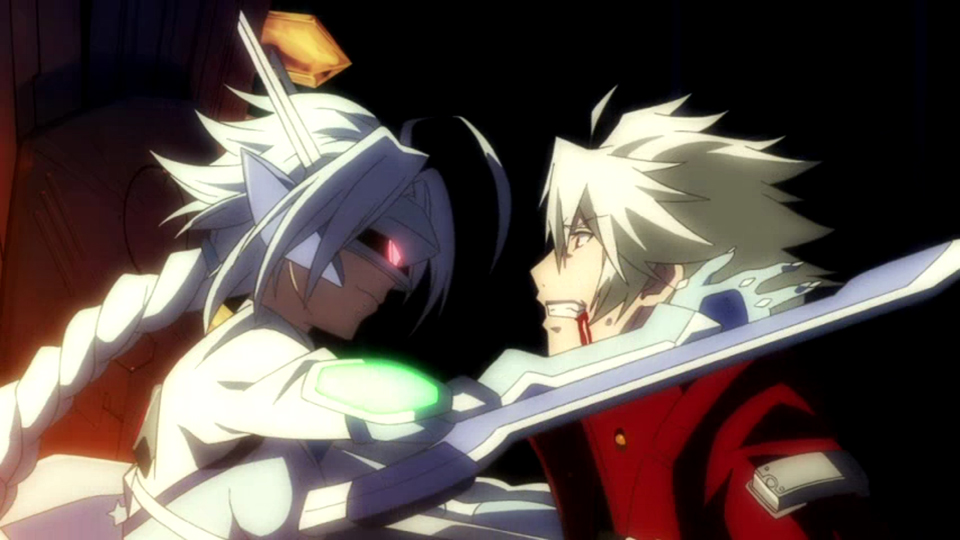
When it comes down to it, there was only one feature of BlazBlue: Alter Memory I really enjoyed — the time rewinds. Occasionally, we are able to see events in the story where everything goes wrong — typically with fatal results. Shortly after one of these happens, time will rewind to the point of a fateful choice and restart — letting the story go down a different path. While only used a few times in the series, these time rewinds not only allow us to see how close our heroes are to ruin, but also allow us to gain insight into the various characters.
By letting us see how two characters that shouldn’t meet interact, we learn more about each through the unfolding scene. Moreover, when the two do inevitably meet later on in the true timeline, we are able to see how the characters have developed in the time between their meeting in the aborted timeline and their meeting in the true one based on the changes in their interactions. It’s a really creative way to add suspense and explore the characters.
Mixed — A True Adaptation of a Fighting Game Plot
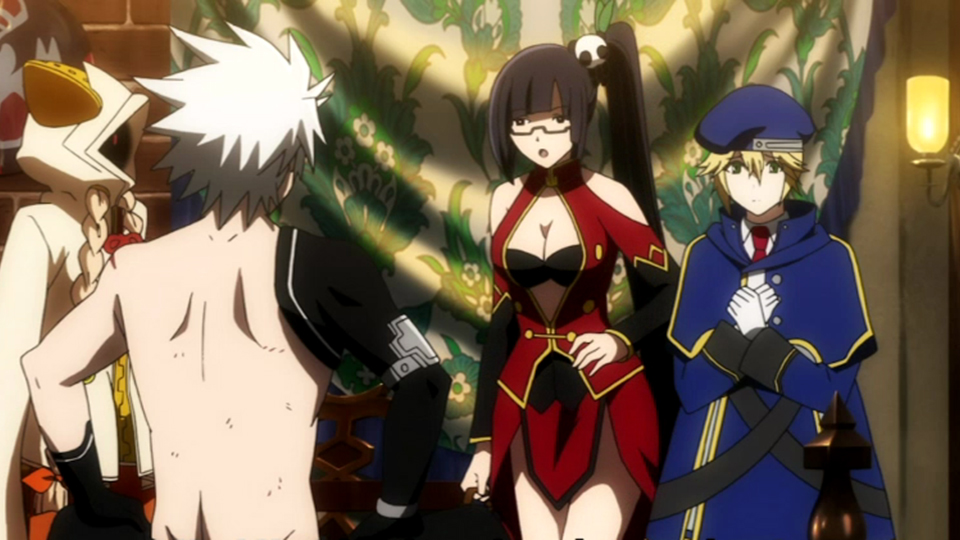
Perhaps BlazBlue: Alter Memory‘s greatest bane and greatest boon is how true it is to the structure of a fighting game. On one hand, this structure allows for a large cast of characters to have their own stories while constantly wandering in and out of the stories of the other characters. So if you have a favourite character, they’re bound to get some screen time (though, admittedly, some do get much more than others).
But on the other hand, this structure basically makes the whole cast into lone wolves that are incapable of working together. The reason for this is simple: in the game itself, the fights are one on one and the plot has to keep you running into new characters to fight. Thus, characters will spend an anime episode together then split up in the next for the most contrived of reasons — only to discover the people they just separated from are the key to fulfilling their objectives.
This also makes for a schizophrenic story as it jumps from character to character as they seemingly at random run into each other, fight, and then go their separate ways. It’s also hard to care about a character where one moment he or she is the hero and a clear villain in the next. And because of the pace of the series and its need to juggle such a large cast, characters often seem like good-to-evil “light switches” instead of multifaceted characters.
Bad — “Proper Noun-itis”
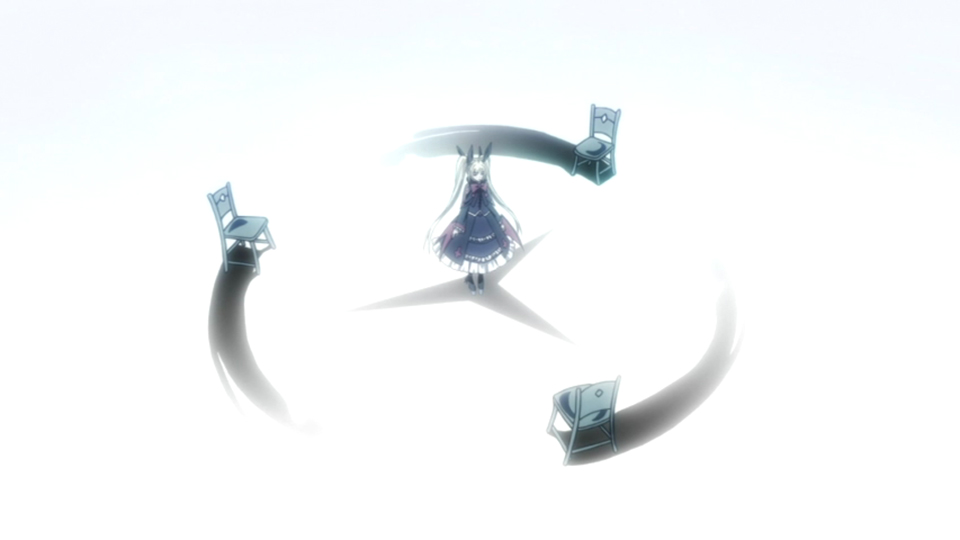
For someone new to the world of BlazBlue, I was more than a little lost. Very little about the world is explained — and when something is explained, it’s done only once and far too quickly to leave an impression. It is obvious there is a tremendous amount of backstory and lore in the anime but, as there is no audience-proxy character to ask the dumb questions, you are just left to drown in a stream of proper nouns: NOL, Idea Factory, Azure Grimoire, the Six Heroes, the Dark War, Observer, Smelting, Murakumo Unit, Black Beast, Librarium, Eye of Azure, Sheol Gates, Cauldron, Takamagahara System, Boundary — and I am honestly just getting started.
To make things even worse, there are a ton of character names to remember — both those of the protagonist characters and those in the background — and many characters also carry a signature weapon with its own specific name. Hell, many of the characters even have several sets of names. By the end of the anime, I wasn’t sure whether the “Master Unit” — the big plot macguffin — was a person, place, thing, or idea. It was all too much to absorb in too little a time.
Bad — The Villain’s “Gambit Roulette”
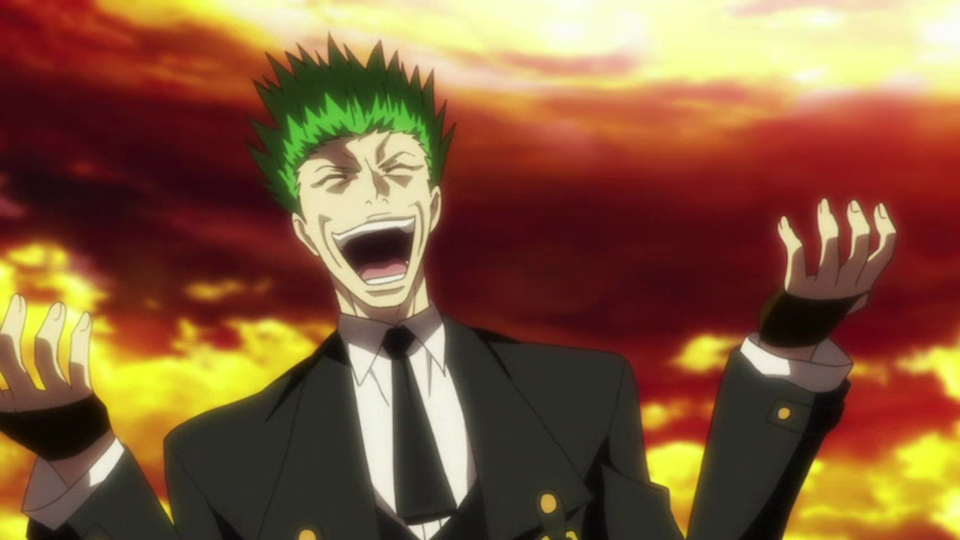
Hazama, the main villain of the story, suffers from a trope known as the Gambit Roulette. In an effort to make Hazama feel like the ultimate behind-the-scenes puppet master, the story is written to make absolutely everything that happens be all according to his plan. Unfortunately, after a mere moment of thought, it becomes apparent how stupid that claim is as so many things happen completely outside his control that it is only by coincidence that things turn out as they do.
[Skip to the next section to avoid spoilers]
No place is this more apparent than in Hazama’s battle with Ragna. After the fight, Hazama claims that he knew Ragna would beat him but not finish him off — allowing Hazama to achieve his larger goal. But if you look at the series of events leading up to Ragna’s victory, there is no possible way he could have believed Ragna would win. During the fight, Hazama is able to block Ragna’s powers and thus wipe the floor with him.
To claim everything went “all according to plan” would mean Hazama knew that (1) Lambda-11 would show up (he clearly didn’t as it’s a major plot point), (2) Lambda-11 would take a hit for Ragna (instead of killing Hazama outright like she was supposed to), and (3) Lambda-11 would be absorbed into Ragna, thus giving Ragna a never-before-seen power combination so he could win the battle. Then to cap it all off, Hazama somehow knew that Ragna wouldn’t kill him — even though he is Ragna’s life-long enemy.
It’s ludicrous to believe he planned everything out — and the claim that he does breaks the suspension of disbelief, turning the villain from threatening to contrived.
Final Thoughts
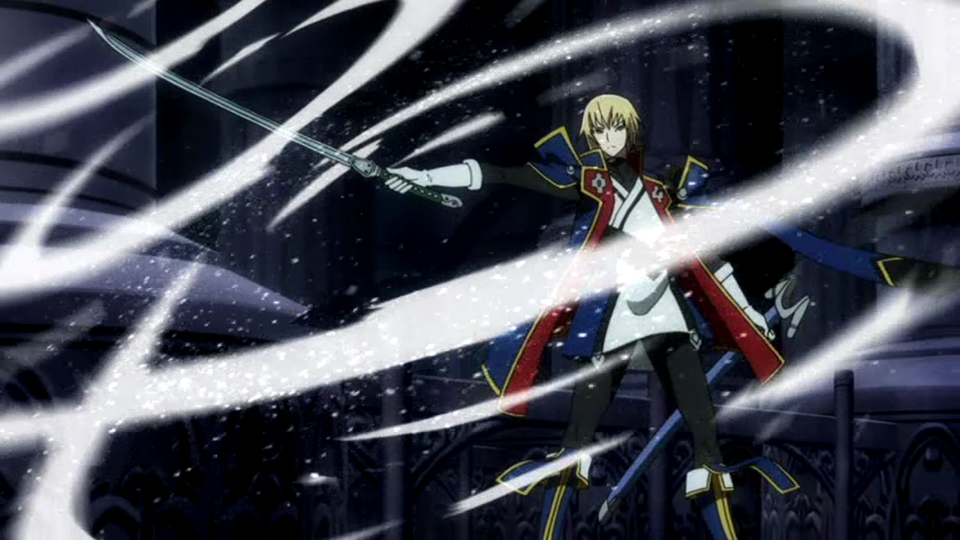
As a stand-alone anime deprived of the context of the games, BlazBlue: Alter Memory is a terrible anime. The plot structure makes for contrived, schizophrenic storytelling while the world it is set in is never properly introduced — much less explained. Instead, you just get buried in a landslide of proper nouns. Add to that a villain who goes from threatening to laughably unbelievable and you have an anime that makes me less interested in playing the games than I was before.
Perhaps fans of the games, already well acquainted with the story and lore, will find something to love in BlazBlue: Alter Memory; but for the uninitiated, this anime is a complete mess.
BlazBlue: Alter Memory aired on Tokyo MX in Japan. It can be watched for free and with English subtitles on Funimation.
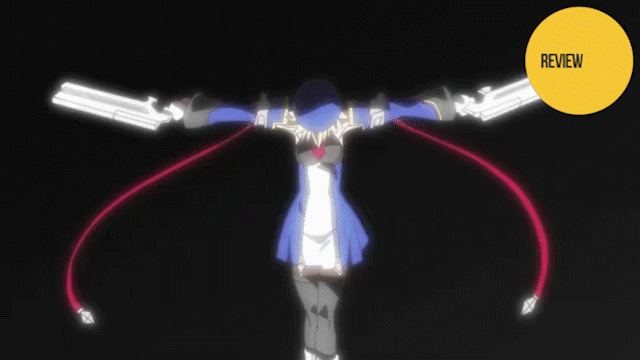
Comments
One response to “The BlazBlue Anime Is An Utter Mess”
The story mode in Blazblue has always been ridiculous. It never made any sense and had those cringe worthy anime tropes. If you want a story in a fighting game I would recommend Injustice if you want an anime I would recommend anything over this.
There’s a good reason for old Hazama knowing everything..
minor spoiler: the world of Blazblue was in a constant loop, and Hazama was one of the few able to remember every single event, so he’s been going over his plans constantly over and over again. Not sure how many times it’s repeated, but it’s quite a large number I think.
There is a LOT to the Blazblue universe and its story, and it’s all wonderfully and beautifully intwined together, you just have to go through all of it to get it. I’m not surprised the anime is hard to get, but for the fans of the game, it’s probably amazing, which yes, means I have yet to watch it.
I think Blazblue by far, had one of the best stories in any game I’ve seen in quite a while.